
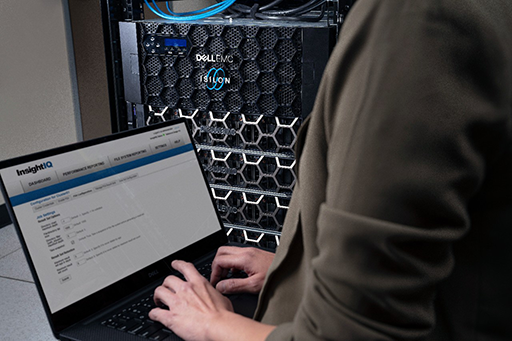
Running SUSE Rancher and Rancher Kubernetes Engine (RKE2) on Dell VxRail
Wed, 24 Apr 2024 16:58:28 -0000
|Read Time: 0 minutes
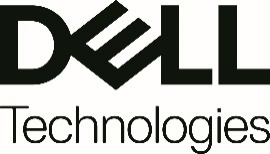

As containerization is exploding in many data centers, Dell Technologies is continuing to assist customers on their DevOps adoption journey by developing infrastructure solutions that can act as the foundation for running their modern containerized business applications. These hyperconverged infrastructure (HCI) and storage solutions are called DevOps-ready platforms. VxRail is included in the DevOps-ready platform family as a scalable HCI integrated system infrastructure solution with automated lifecycle management that eases the IT operations experience and helps speed up the delivery of infrastructure resources to developers, thus enhancing their DevOps end-user experience.
While it is important to have DevOps-ready infrastructure to underpin an organization’s DevOps adoption journey, a solution is not complete without implementing a cloud native container orchestration platform, such as Kubernetes, on top. SUSE Rancher is used as a Kubernetes management platform that is open-source. Together, SUSE Rancher and VxRail enables customers to implement a multi-cloud deployment strategy and ensure that their organizations can more effectively control resource costs and adhere to corporate governance mandates while maintaining the flexibility of cloud operations on-premises.
VxRail is the only fully integrated, pre-configured, and tested HCI system optimized with VMware vSphere, making it ideal for customers who want to leverage SUSE Rancher through vSphere to create and operate Kubernetes clusters on-premises. VxRail has a proven hyperconverged infrastructure that allows VM’s creation for traditional workloads for apps not ready to be containerized. As a result, SUSE Rancher can potentially reduce the number of operating systems and virtual machines created or installed. Additionally, SUSE Rancher on VxRail can also enable IT operations to control the management of VxRail while giving DevOps the ability to build or manage their own containers via the SUSE Rancher interface. Running SUSE Rancher on VxRail delivers a seamless and automated operations experience across cloud-native and traditional workloads.
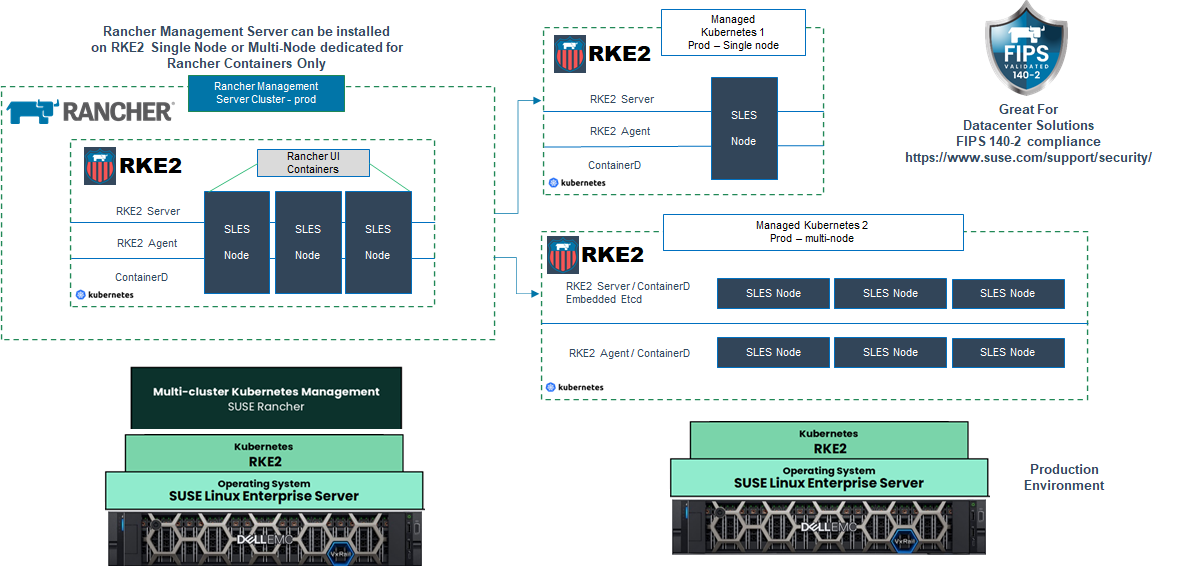
SUSE Rancher is the K8s cluster management part of the SUSE portfolio and Rancher Kubernetes Engine (RKE2) is the Kubernetes runtime component. SUSE Rancher is the complete enterprise computing platform to run Kubernetes clusters on-premises, in the cloud, or at the edge. One hundred percent open-source software with zero lock-ins, SUSE Rancher fits in perfectly with your multi-cluster, hybrid, or multi-cloud container orchestration strategy. A recently published solution brief shows work effort conducted by the Dell Customer Solution Center engineering team validating the deployment of SUSE Rancher and RKE2 on VxRail and highlights the better together experience customers can get with SUSE Rancher and RKE2 on VxRail.
The Dell Customer Solution Center allows customers to experience Dell’s end-to-end solutions portfolio with a personalized engagement with Dell customer solution center engineers. These engagements are designed to help customers identify and solve their business challenges by utilizing Dell Technologies solutions to optimize the innovation within their organizations. Customer Solution Center services range from proof of concepts to technical deep dive conversations and presentations and more. Customers can work with these Dell Technologies experts in our dedicated labs or remotely from any location with the latest showcases of our offerings. For more information on the Dell Customer Solution Center, see https://www.delltechnologies.com/csc
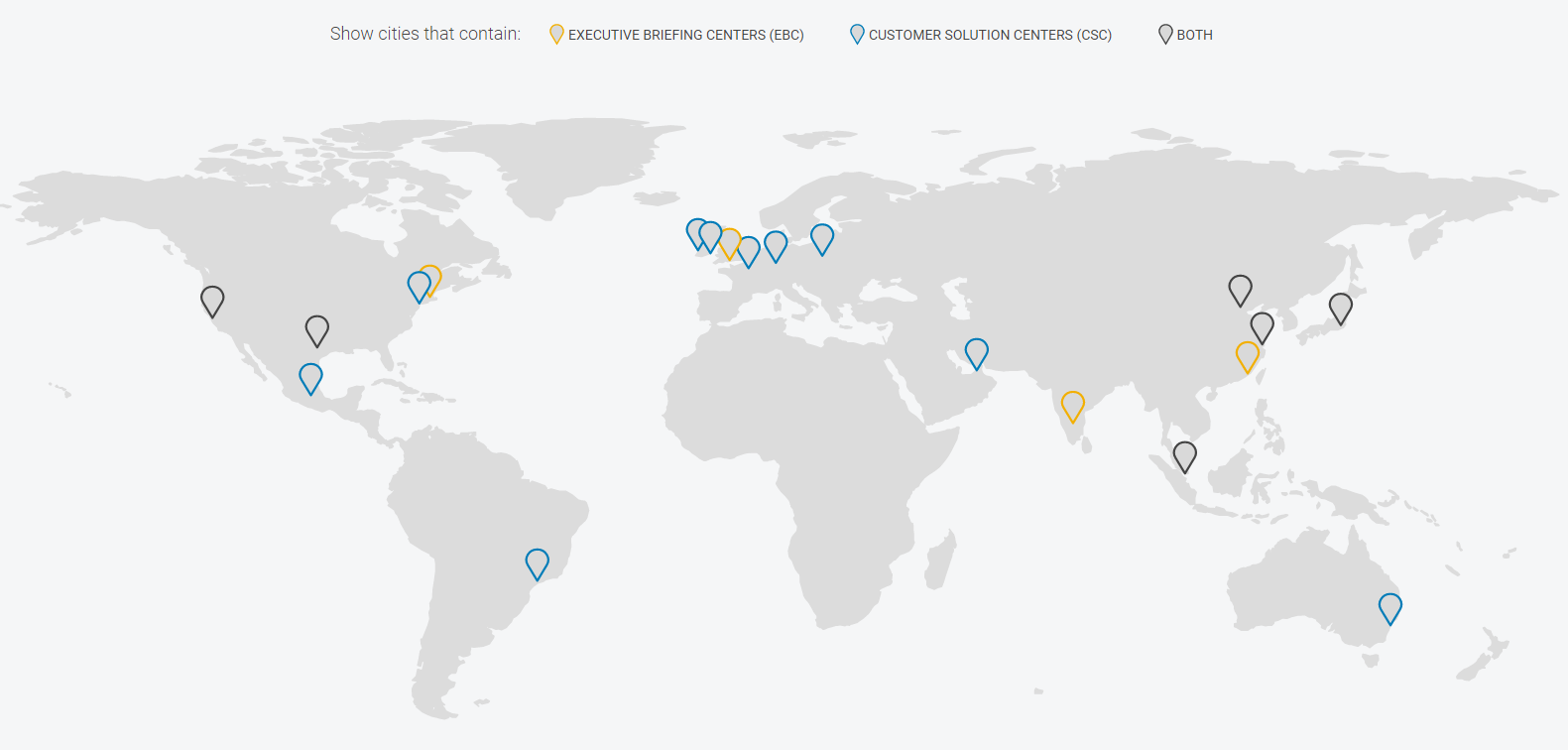
As part of the solution validation, the solution center engineering team deployed SUSE Rancher and RKE2 in various ways, using a single node as well as a multi-node deployment and using both automated and manual installations processes. This effort was performed using the instructions found in the SUSE Rancher user documentation. As a result, the team could confirm the ease of deployment of the platform.
Deploying SUSE Rancher is as easy as following the documentation. This documentation can be found on the SUSE Rancher website and provides straightforward information about initial installation requirements. SUSE Rancher can be freely downloaded and installed on your VxRail infrastructure. A SUSE Rancher support subscription is available for purchase through Dell Technologies.
VxRail is a Dev-Ops ready platform that can work with traditional workloads and container based orchestrators such as SUSE Rancher and RKE2. In addition, SUSE Rancher and RKE2 provide a Kubernetes platform that addresses operational and security challenges. Together, VxRail and SUSE Rancher make it easy for businesses to standardize both IT and developer operations on-premises and in the public cloud and accelerate their Dev-Ops adoption journey.
VxRail Resources
Dell Technologies Resources
SUSE Rancher Resources
- SUSE Rancher Documentation
- Rancher Kubernetes Engine 2 (RKE2) Documentation
- SUSE Fleet Container management and deployment engine
- SUSE Rancher GitHub
Author information
Vic Dery, Senior Principal Technical Marketing Engineer
Vic.Dery@dell.com
Related Blog Posts

Microsoft SQL Server Big Data Clusters on Tanzu Kubernetes Grid on Dell EMC VxRail
Wed, 24 Apr 2024 16:53:56 -0000
|Read Time: 0 minutes
A recently created reference architecture, running Microsoft SQL Server Big Data Clusters (BDC) on Tanzu Kubernetes Grid (TKG) on Dell EMC VxRail, demonstrates a fast and simple way to get started with big data workloads running on Kubernetes. It also shows how the containerized workloads ran using VxRail.
SQL BDC on TKG on VxRail enables simplified servicing for cloud native workloads, and is designed to scale with business needs. Administrators can implement the policies for namespaces and manage access and quota allocation for application-focused management. All of this helps build a developer ready infrastructure with enterprise-grade Kubernetes with advanced governance, reliability, and security.
This reference architecture also validated SQL BDC with Spark SQL TPC-DS benchmark optimized parameters. The test results showed that Tanzu Kubernetes Grid on VxRail provides linear scalability (for complex TPC-DS-like decision support workloads that use different query types) with predictable query response time and high throughput.
In the business value section for using SQL BDC and TKG on VxRail, based on the five measurements below. It's covered in more detail within the reference architecture.
- Simplified installation of Kubernetes
- Automated multi-cluster operations
- Integrated platform services
- Open source alignment
- Production Ready
Cross-functional teams from Dell EMC VxRail, VMware, and Microsoft have reviewed the reference architecture for content and supportability. This can provide comfort for those wanting to run on Tanzu. Some notes from Microsoft Release notes from Cumulative Update 12 (CU12) of BDC):
SQL Server Big Data Clusters is supported as a workload. Microsoft provides support for the software components on the containers installed and configured by SQL Server Big Data Clusters only. Kubernetes itself, and other containers that may influence SQL Server Big Data Clusters behavior, are not supported by the (Microsoft) support team. For Kubernetes support please contact your certified Kubernetes distribution provider.
Note: This reference architecture provides general design and deployment guidelines of running Microsoft SQL Server Big Data Clusters on VMware Tanzu™ Kubernetes Grid™ on Dell EMC VxRail. The reference architecture also applies to any compatible hardware platforms running VMware Tanzu Kubernetes Grid on vSAN™.
To wrap up, VxRail provides SQL BDC on Tanzu as a scalable and secure platform to deliver key business outcomes. This reference architecture highlights one of the first known support solutions built on Tanzu Kubernetes Grid to manage Kubernetes. The paper covers the spectrum on the build, testing, and expected performance on VxRail.
Resources:
- Running Microsoft SQL Server Big Data Clusters on VMware Tanzu Kubernetes Grid
- SQL Server Big Data Clusters platform release notes - SQL Server Big Data Clusters | Microsoft Docs It's reformulated release notes, now simpler and focused on tested configurations and documenting known issues.
- SQL Server Big Data Clusters CU12 release notes - SQL Server Big Data Clusters | Microsoft Docs For every release starting with CU12, we will provide a dedicated article containing many details about what's new, fixes, and most importantly, an extensive list of what's under the hood.
- SQL Server Big Data Clusters cumulative updates history - SQL Server Big Data Clusters | Microsoft Docs In this article, we will keep track of all previous update details.
Author: Vic Dery – Linkedin

Containing yourself with OpenShift running VMware Cloud Foundation (VCF) on VxRail
Wed, 16 Jun 2021 19:24:28 -0000
|Read Time: 0 minutes
Containing yourself with OpenShift running VMware Cloud Foundation (VCF) on VxRail
Red Hat OpenShift is a container application platform running on Red Hat Enterprise Linux CoreOS (RHCOS) and built on top of Kubernetes. In addition, OpenShift includes everything you need for running a secure infrastructure and operations across private and public clouds, like a container runtime, networking, monitoring, container registry, authentication, and authorization above the Linux container host.
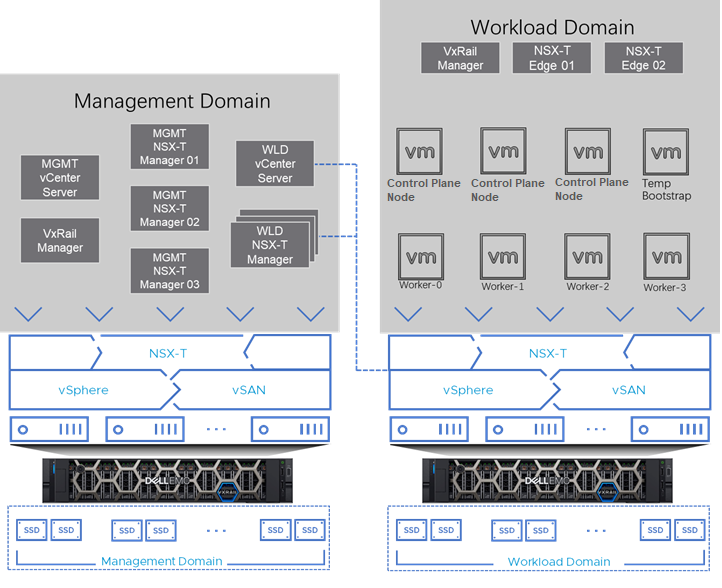
Why OpenShift with VMware Cloud Foundation (VCF) on VxRail? Using VCF on VxRail provides an enterprise solution that includes security, workload isolation, lifecycle management, and more. In addition, OpenShift provides its security and lifecycle management for the components of OpenShift, such as RHEL CoreOS, K8s, and the clusters. The combined outcome can be an enhanced solution for OpenShift customers using VCF on VxRail.
OpenShift using VCF on VxRail leverages VMware leading virtualization technologies, including vSphere, NSX-T, and vSAN. This allows businesses to make better decisions, provide a faster outcome, and reduce cost and risk.
Using VCF and workload domains can provide environment isolation separating production from development operations. And with the scalability of VCF on VxRail, growth is manageable, and control is handled at the VCF level, allowing the OpenShift layer to scale out.
Details around the reference architecture guide can be found HERE.


